Learn more about what goes into a roof replacement at Colonial Roofing
Colonial Roofing installation process ensures your new roof is installed correctly, quickly.




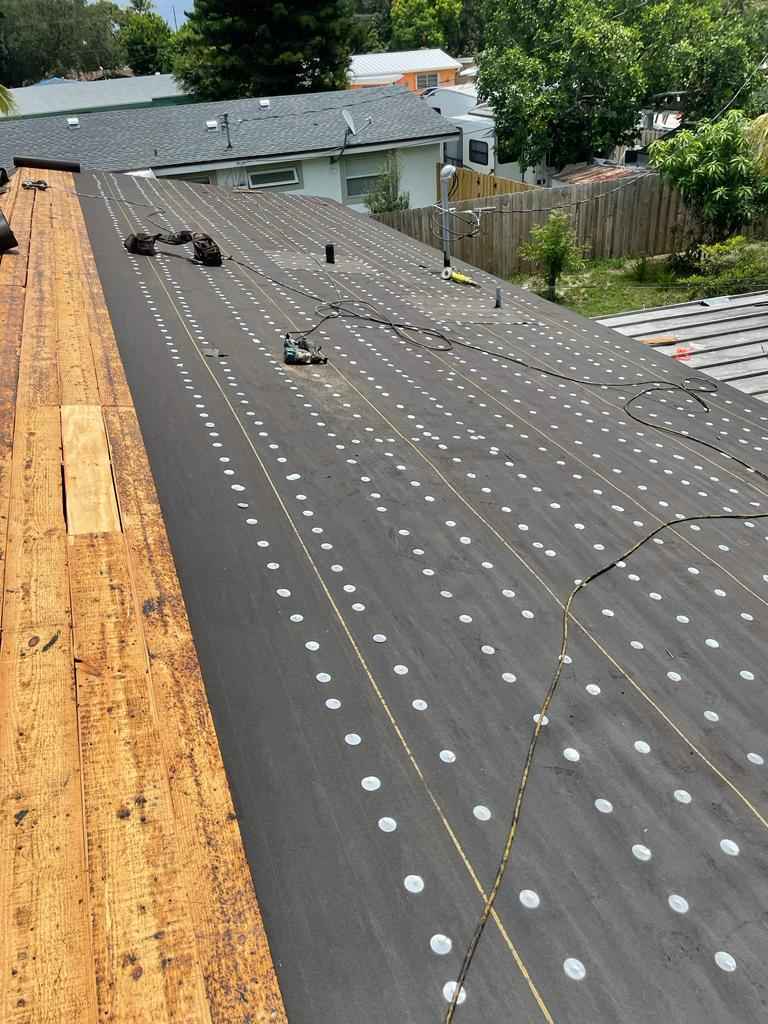



While getting a roof replacement is one of the messiest renovation projects a home can undergo, good site prep can keep projects orderly and reduce debris. This includes setting up tarps and using magnets to catch loose nails and shingles
Typically, everything on your roof is removed right down to the plywood during a roof replacement. This includes all underlayment, flashings, and thousands of shingles and nails.
To assist with keeping this process faster and cleaner, each of our crews is outfitted with the Equipter RB4000. The Equipter is a self-propelled dumpster that safely traverses the job site and can be positioned below the section of the roof we are working on. Utilizing the Equipter greatly reduces the mess during a roof replacement. This equipment is not used on every job.
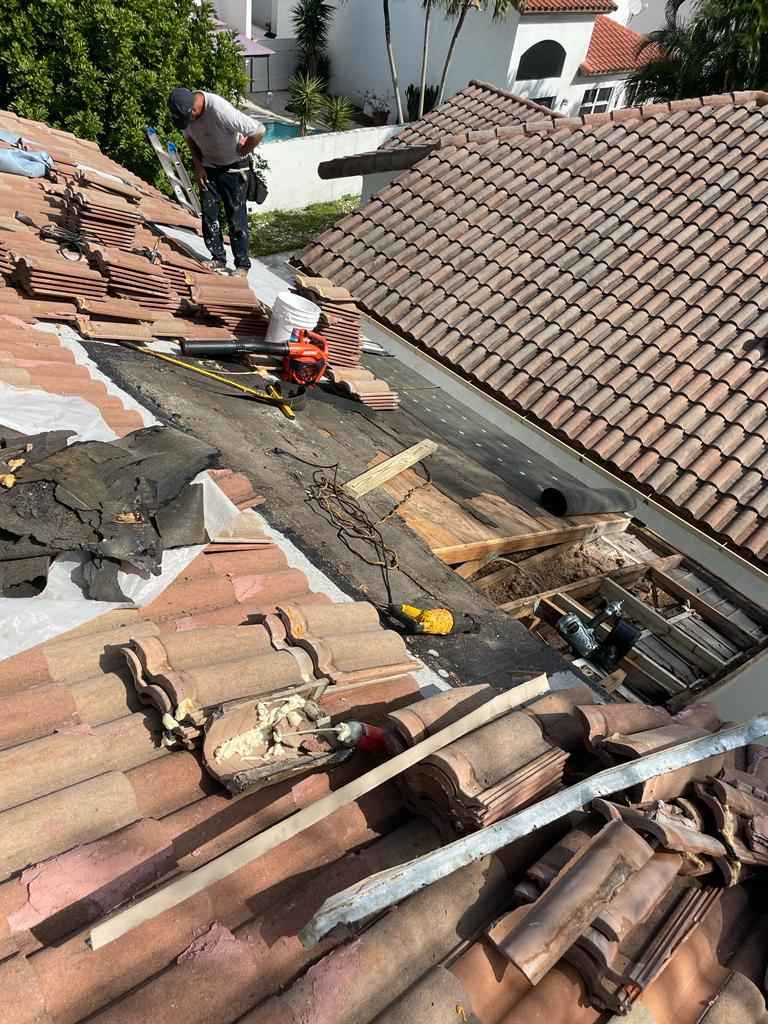

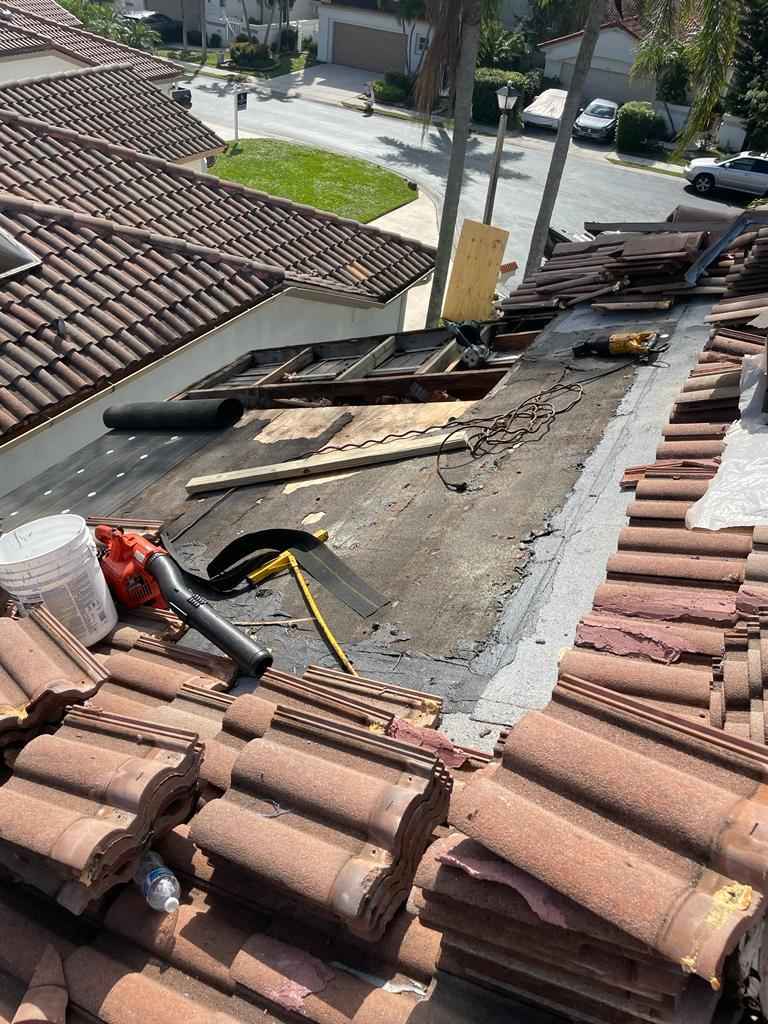





Once the roof is removed, our crew will inspect your roof’s decking (commonly plywood or 1×6 hardboards) to ensure it attached per the current building code and in good enough condition for the new roof. Any weak or rotted wood will be replaced and corrected before the new roof is installed.
Colonial Roofing uses a special “high-temperature” rated, self-adhering water barrier installed at key locations on your roof. This product will keep your roof dry all by itself but ultimately acts as a second line of defense during extreme weather conditions. We use this product standard in valleys and around any roof penetrations. As an upgrade, it can also be installed over the entire roof, creating an extremely tough roof system.




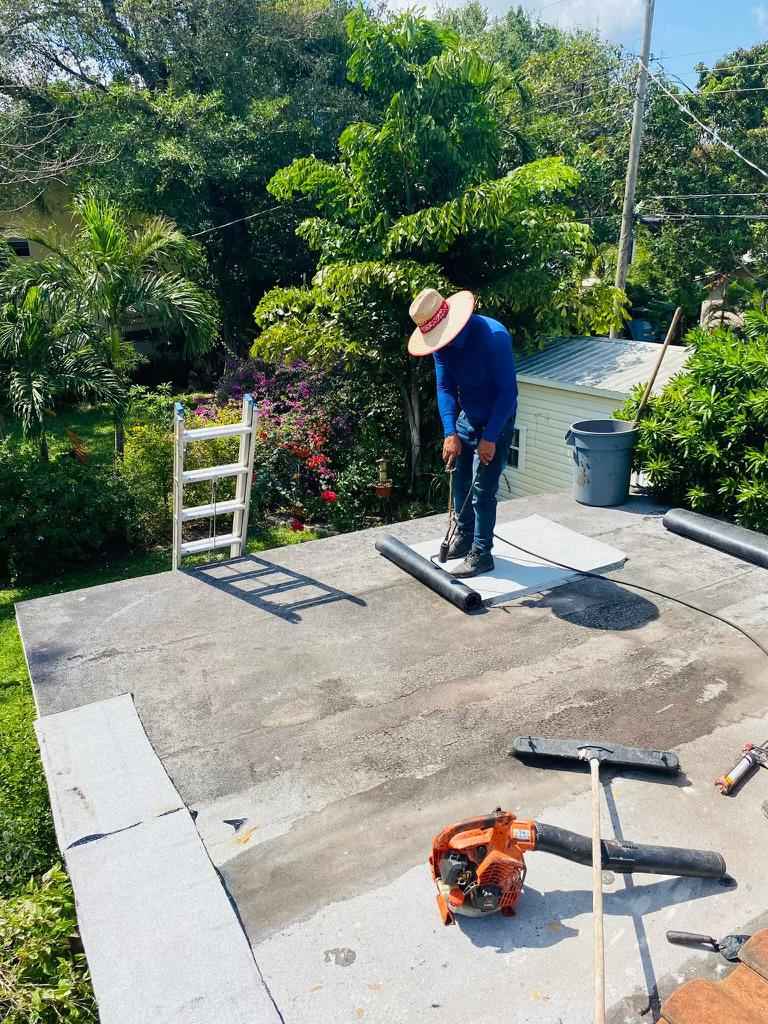

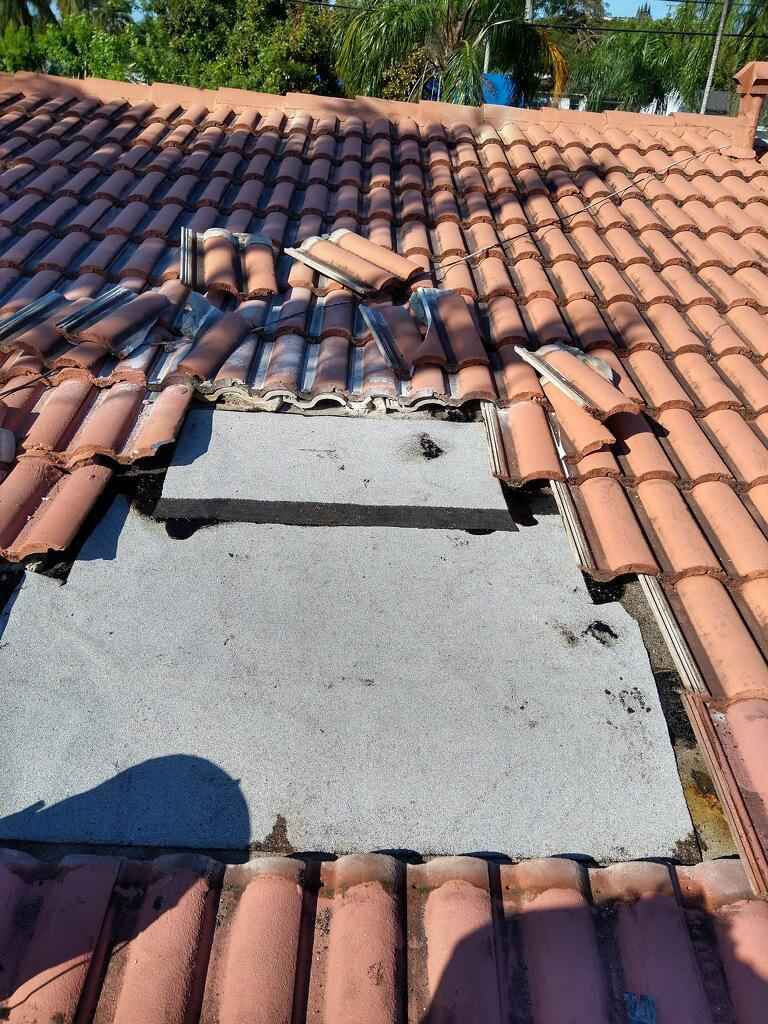


Underlayment serves a two-fold purpose as part of a roof system. It keeps the roof dry during construction and acts as a vapor barrier for the life of the roof. Colonial Roofing utilizes a high-strength synthetic underlayment that is 40 times stronger than traditional felt paper. Additionally, our synthetic underlayment lays flatter and will not break down over time like traditional underlayments.
Next up the drip edge is installed. The drip edge strengthens and protects the perimeter of the new roof and sets the stage for the rest of the shingle installation. Standard drip edge is 26 gauge metal and comes factory painted in 5 colors; black, gray, white, brown, and beige. However, we can fabricate our own custom drip-edge in whatever color you want!




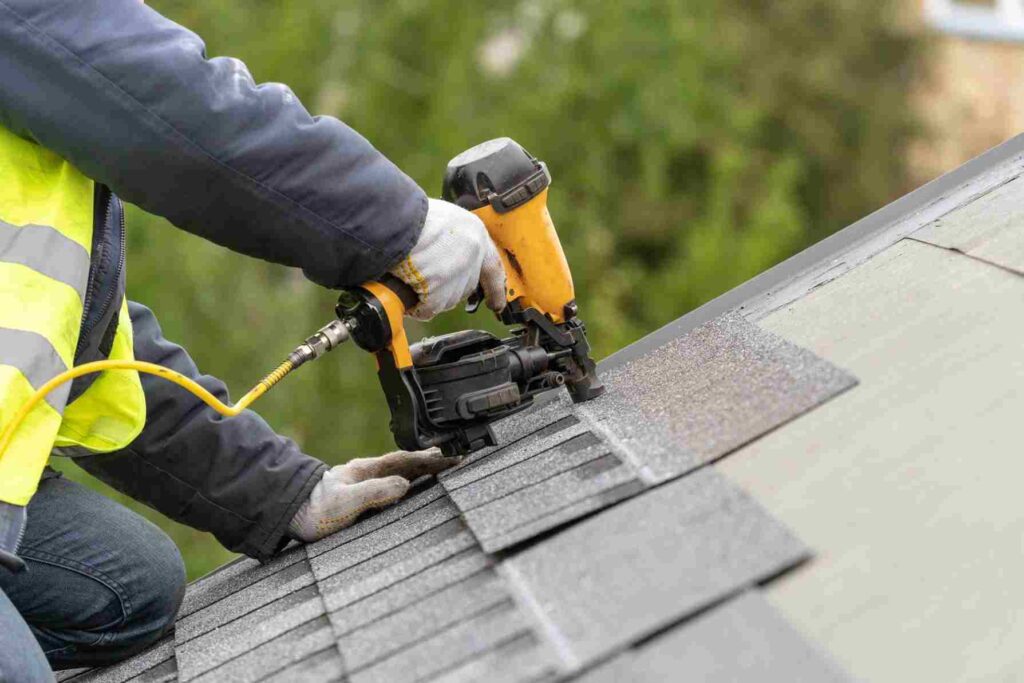

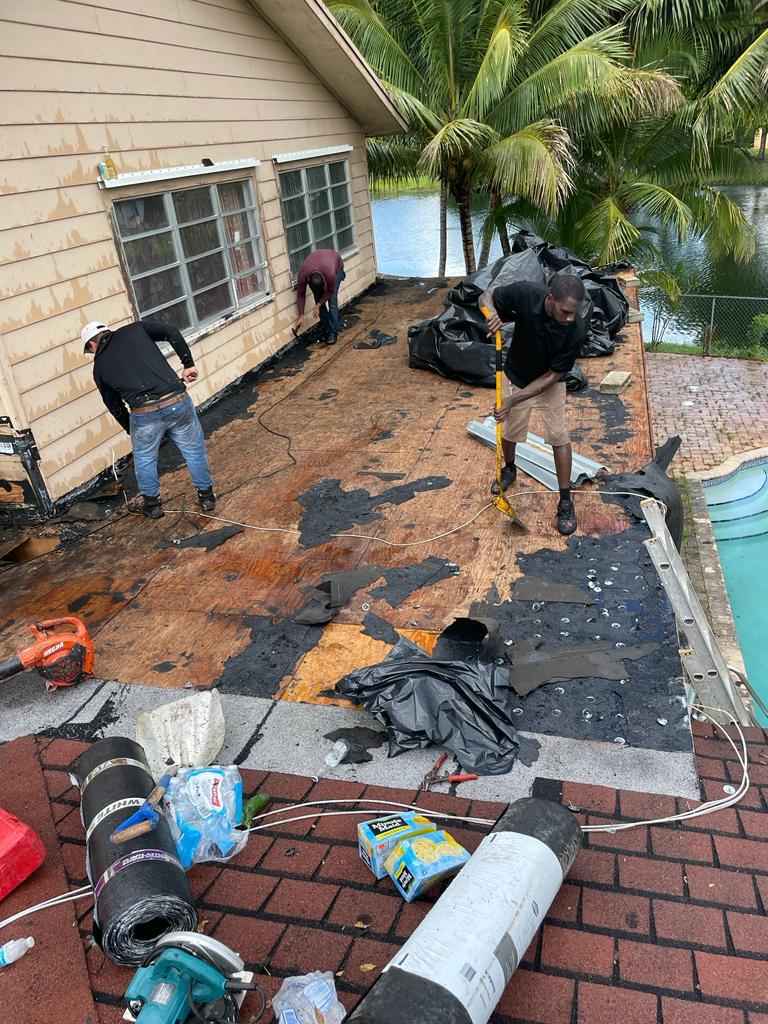

The shingles are the main focal point of the roof and do most of the heavy lifting in keeping your home dry. Installation starts at the bottom of the roof, over-top of the starter course, and continues upwards. We recommend Owens Corning Duration shingles, which are Lifetime Rated and designed to withstand wind speeds of 130mph!
Every home has a unique set of penetrations that come up through the roof. Properly waterproofing these penetrations the first time is key to prevent leaks and repairs down the road.
We also utilize rodent covers, installed over-top the plumbing penetrations. These guards protect against rodent damage and prevent debris and critters from entering the pipe. They are color-matched to the roof, providing a clean and uniform appearance.




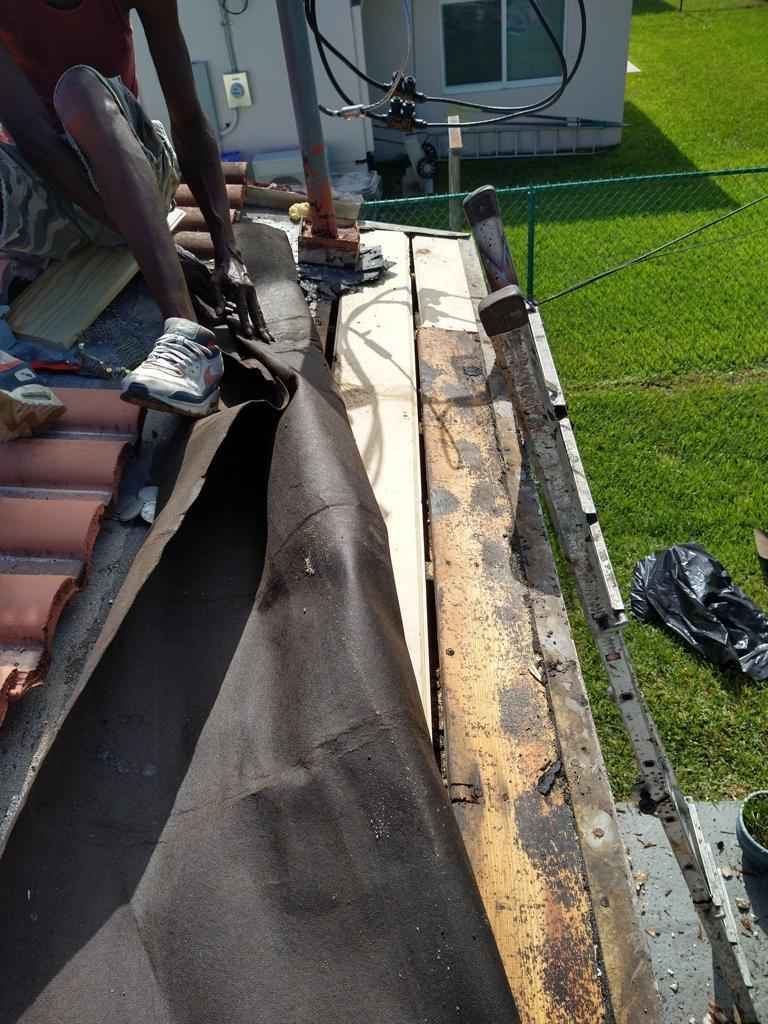

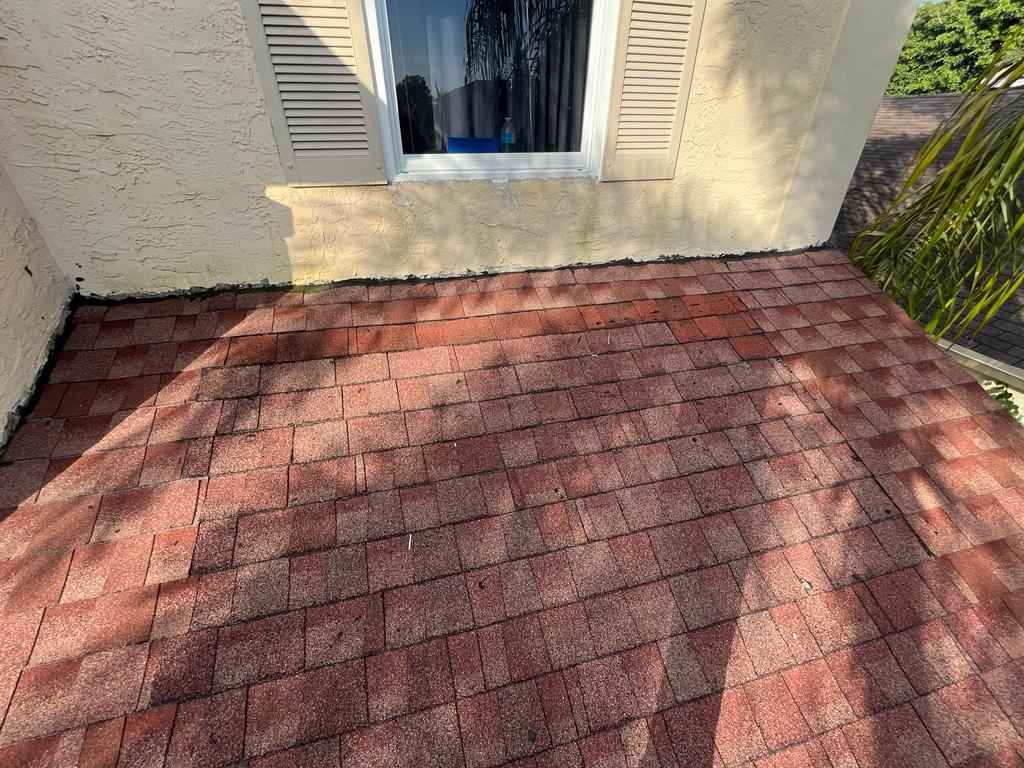

Ridge ventilation is installed along or near the peaks of the roof to allow excess heat and moisture to flow freely out of the attic space.
There are several methods that can be used to create effective ventilation as part of your roof system. Colonial Roofing will calculate how much ventilation your attic space needs and find the best solution for your roof.
Hip and ridge caps are made of the same material as the field shingles but are specially designed to be used along the peaks and hips of a roof. They lock in the joining sections of a roof and create a clean, finished appearance.
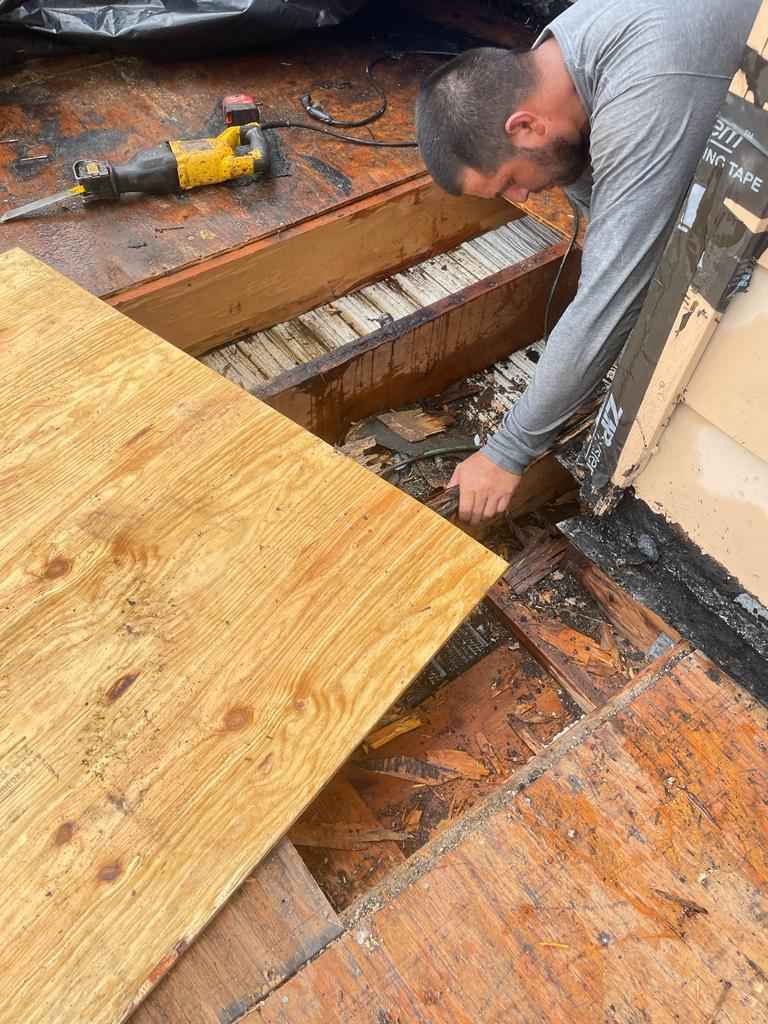




We Proudly Service all of Broward County, Florida for your Outdoor Carpentry Projects ; Specializing in Shingle roofing, Metal roofing and repairs.
© 2023 All Rights Reserved| Colonial Roofing